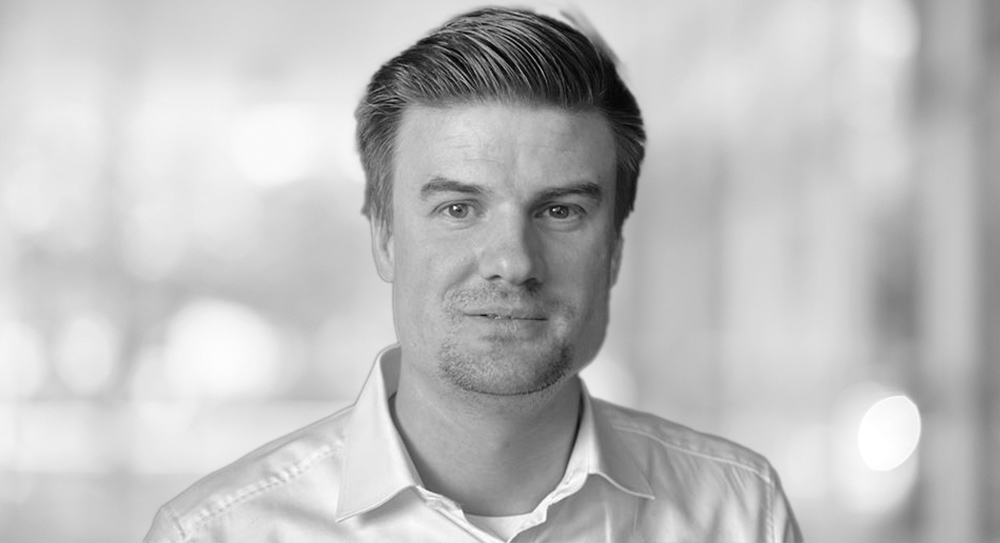The evolution of HR
Attracting talent in an increasingly competitive landscape, nurturing and developing teams, navigating the post-Covid landscape - today’s HR and talent practitioners have plenty on their plates.
Profile:
Categories: AnalysisHuman CapitalHR / talent managementRecruitmentWellbeing






